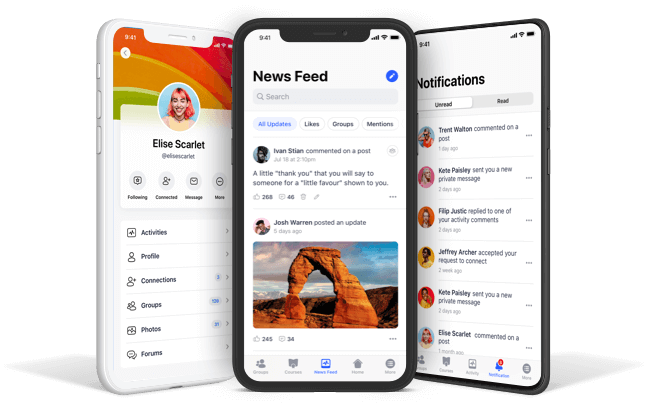No group in the workforce is as disruptive as millennials.
They approach their careers differently from any previous group. They need to feel valued – that they are making a real difference. This requires constant challenge, feedback and collaboration. If they don’t get it, they switch companies – fast. Chances are, if you aren’t building education programs that are specifically tailored to them, then you aren’t engaging them at all. And within the next couple of years, millennials will make up the majority of the workforce – so can you really afford to ignore their needs?
Set the stage – and speak to the individual
Can you ever really expect to create an impactful course, if you don’t know who you’re designing for? Start every programme with a detailed training needs analysis. You don’t want to cover old ground, and your content must be at the perfect level. More than anything, millennials needs to know what’s expected of them, why the training is important, and what they will be able to do differently afterwards. Set up your eLearning tool to display individualized learning paths complete with objectives, a training programme structure and a timeline.
Engage learners in a world full of distractions
Here’s the big challenge: you want to provide an “anywhere, anytime” education opportunity. You want to employ responsive learning technology. But: how are you supposed to hold the attention of a learner if they are on their mobile device, with all the other options they have available to them?
It’s all about providing an immersive learning experience.
Provide opportunities to test skills through scenarios and simulations. Develop micro-eLearning modules so that learners can “dip in” whenever they have the time. Create an environment where people actively want to participate. Sure, there’s always an expectation that they will “comply” with training programmes – but adopting new behaviours is about engaging with training, not simply completing a course.
Digital rewards go a long way
To truly create that interactive experience, employ gamification techniques.
Let your learner track their progress and reward completed modules with digital badges or a score as part of an overall target.
Why not bring in a social competitive element, and let learners compare their scores with their peers? Use games, quizzes and stories to inspire the imagination and work on building that all-important long-term memory.
Learn how to make eLearning a social experience
The last thing any learner wants is to feel like they are on their own.
So, use social platforms to provide opportunities for further education. You could provide a group challenge that needs to be completed in advance using collaboration technology; or a forum to discuss the content and chat about any issues or gaps in understanding.
Social learning can provide the opportunity to connect with subject matter experts or mentors, to broaden your knowledge and connections.
Every learning experience should be two-way
Millennials expect to give and receive feedback, and to be able to suggest improvements if they spot weaknesses.
Make the feedback process an integral part of your design approach. Get learners involved early on in development. After each training module, provide (preferably social) channels for learners to relay their thoughts – and show that you are responding.
If your L&D team don’t fall into that millennial bracket, bring in someone who does, quickly! You need to be collaborating with people that understand the mindset.
Mobile learning technology can create an interactive, immersive experience. Adopting the right features that support your engagement strategy will encourage learners to adopt new skills and behaviours, alongside a sense of commitment to the organization.
You can’t train pride, or loyalty. You can, though, foster a culture of continuous growth and development, which speaks to a millennial’s desire to challenge, achieve and progress. In the journey to retain and engage your people, eLearning can deliver a learning experience like no other.
Want more tips for designing eLearning? Check out this article on microlearning.









